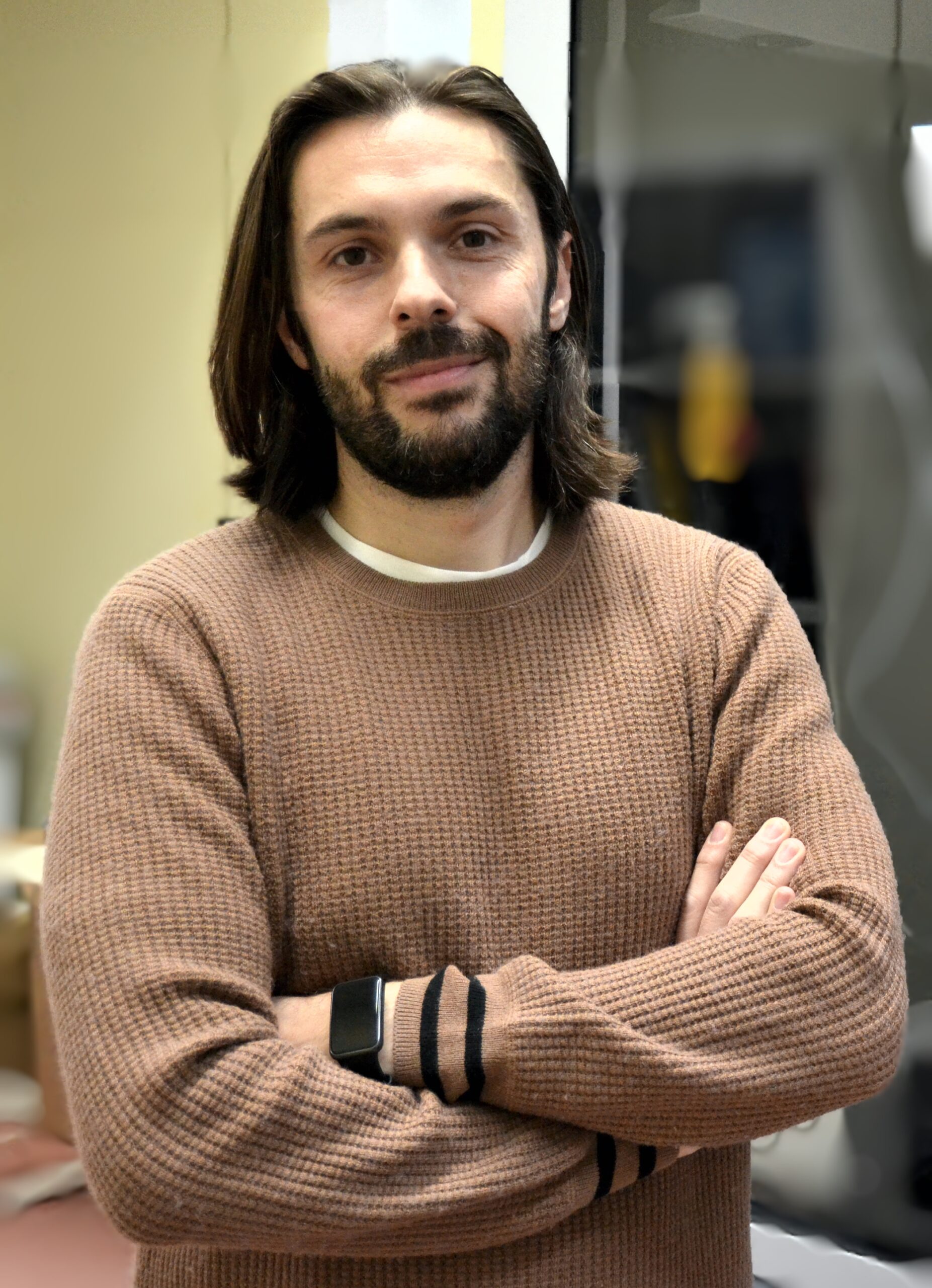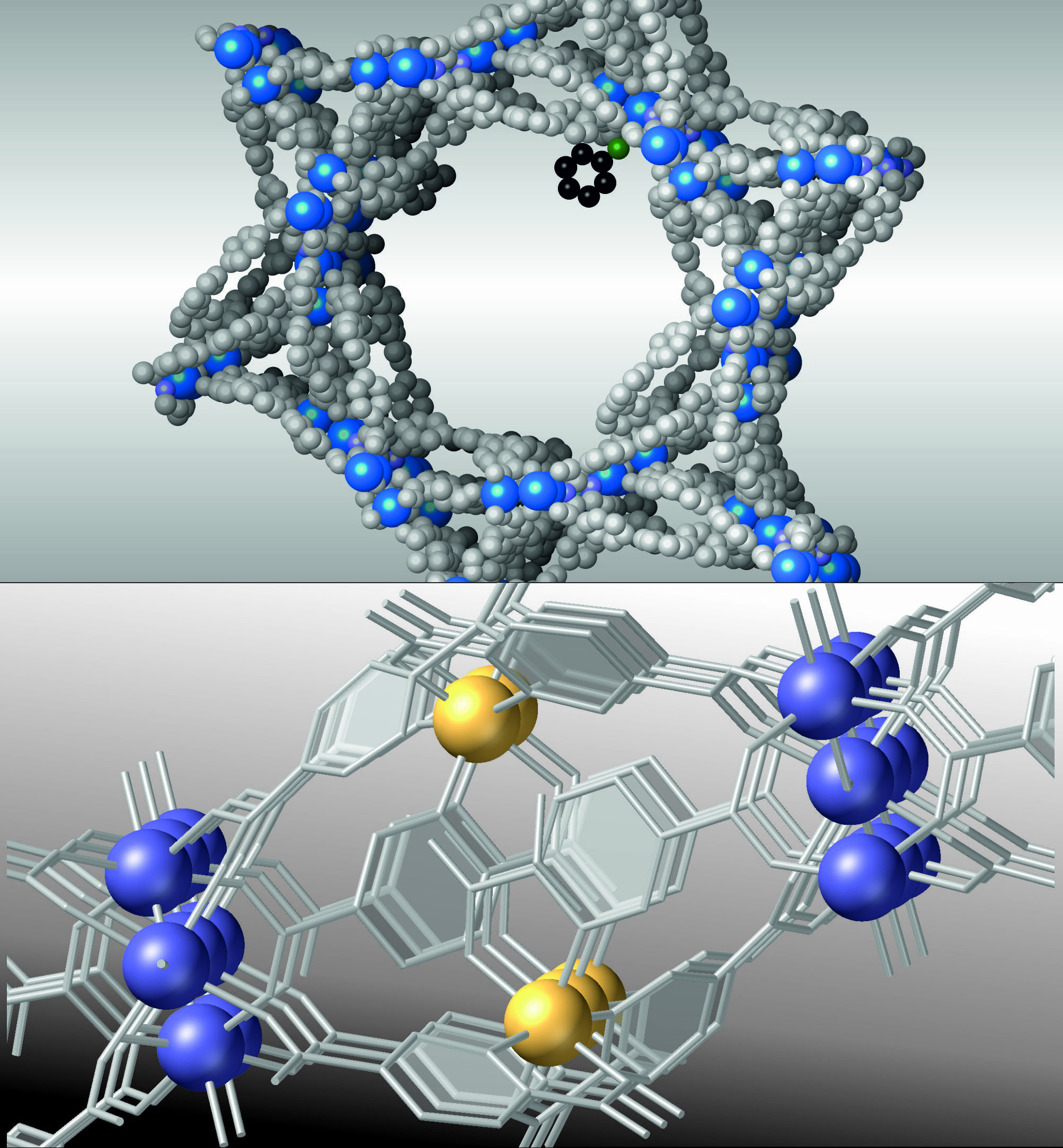 |
Felipe GándaraDr. Felipe Gándara is a Staff Scientist at the Materials Science Institute of Madrid (ICMM-CSIC), where he leads research in reticular chemistry and porous materials. His work focuses on the design, synthesis, and advanced structural analysis of metal-organic frameworks (MOFs) and covalent-organic frameworks (COFs) for applications in energy and environmentally related fields. He obtained his Ph.D. in Chemistry in 2009 from the Universidad Autónoma de Madrid under the supervision of Prof. M. A. Monge and Dr. N. Snejko, followed by postdoctoral research in the group of Prof. O. M. Yaghi, at UCLA (2009-2012) and UC Berkeley-LBNL (2012-2014), where he specialized in the development of framework materials. Since returning to ICMM-CSIC, he has held positions as a CSIC-ComFuturo and Ramón y Cajal researcher before becoming a Staff Scientist in 2020. His work integrates synthetic chemistry, advanced structural analysis, and computational modeling to understand and design new functional materials. |
Research Topics
 |
MOFs Design, Discovery, and ApplicationsThe design and synthesis of metal-organic frameworks (MOFs) is a core aspect of our research, focusing on developing new structures with tailored properties. By strategically selecting metal nodes and organic linkers, we aim to fine-tune the chemical and physical behavior of these materials, optimizing their performance for sustainable and energy-related applications. Selected publications An anthraquinone-based bismuth–iron metal–organic framework as an efficient photoanode in photoelectrochemical cells A Multimetal Approach for the Reticulation of Iridium into Metal–Organic Framework Building Units Fundamental Insights into Photoelectrocatalytic Hydrogen Production with a Hole-Transport Bismuth Metal–Organic Framework |
 |
Structural Elucidation and Modeling of Reticular MaterialsUnderstanding the atomic-level structure of reticular materials is fundamental for advancing their functionality. We combine experimental techniques, such as X-ray and neutron diffraction, with computational modeling to elucidate the structural complexity of MOFs, COFs, and other framework materials. These studies provide insight into topological diversity, structural flexibility, and defect engineering, crucial for designing materials with enhanced properties. Selected publications 2D covalent organic framework via catenation Catenated covalent organic frameworks constructed from polyhedra Iron salicylaldehydate conjugated metal–organic framework for quasi solid-state supercapacitor |
 |
Materials with Increasing ComplexityThe integration of heterometallic nodes, multivariate linkers, and hierarchical architectures enables the design of materials with unprecedented structural and functional complexity. Our research explores multi-metal MOFs, atomically sequenced frameworks, and adaptive reticular systems, expanding their applicability in multiple fields. By introducing controlled disorder and mixed-metal environments, we push the boundaries of reticular chemistry./p> Selected publications Precisely Controlled Integration of Multiple Metal Cations in Diverse Metal‐Organic Framework Topologies via Messenger Building Unit Approach Heterometallic Molecular Complexes Act as Messenger Building Units to Encode Desired Metal-Atom Combinations to Multivariate Metal–Organic Frameworks Framework Adaptability and Concerted Structural Response in a Bismuth Metal‐Organic Framework Catalyst. Addressed realization of multication complex arrangements in metal-organic frameworks |